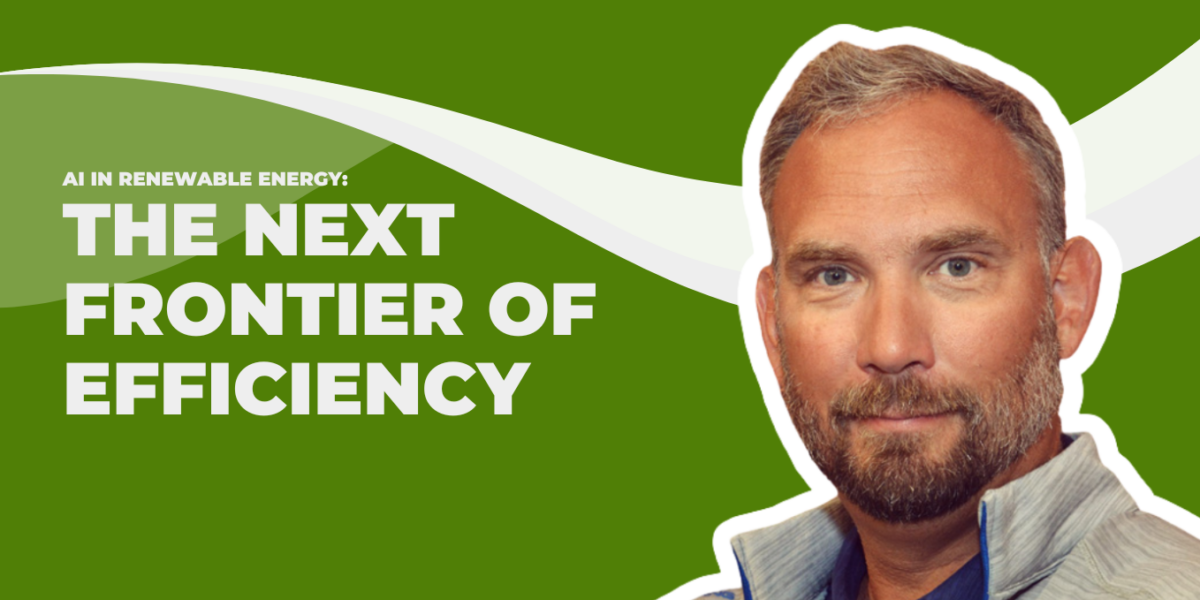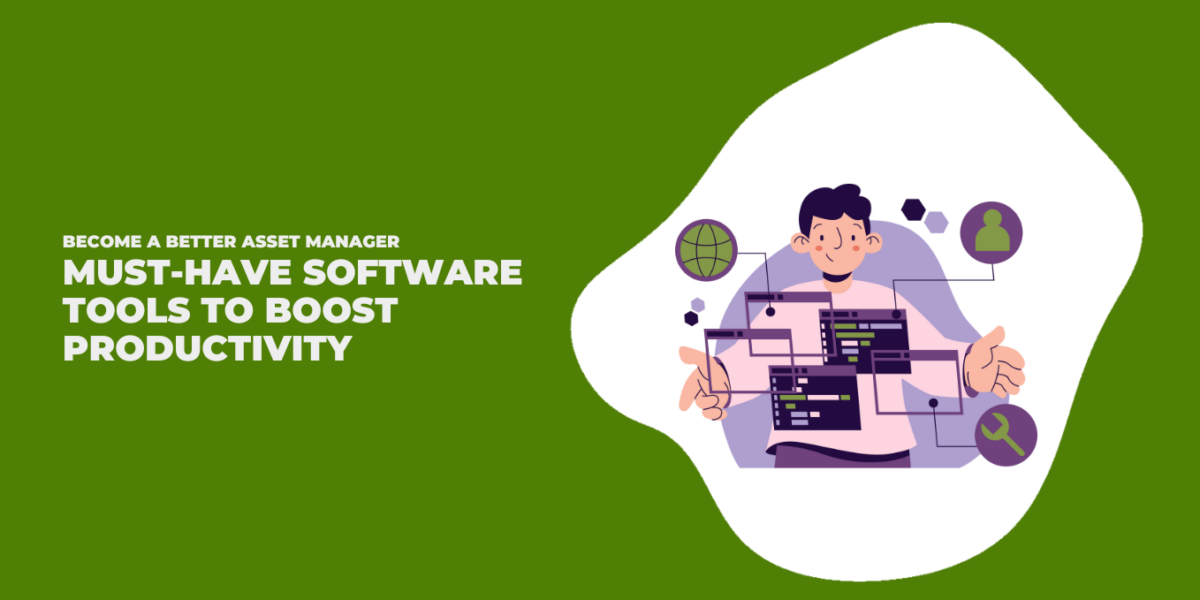Intelligence in Renewable Energy Asset Management
I hate to break it to you, but your data is dumb. In the renewable energy industry, we collect a ton of data, but most of it is without context. This not only leaves our insights into projects pretty rudimentary, but also limits our ability to optimize our asset management processes. This makes you less efficient than you could be.
Time is money—a tired cliché but relevant, nonetheless. Inefficient use of data and spending time simply searching for information is the time-wasting equivalent of using the index card catalog at the library instead of searching online for a book (if you don’t get the reference, Google the Dewey decimal system). You can’t afford to ignore the time you’ll lose just trying to find information. But if you’re reading this, you know that—and you’re looking for ways to improve. For that we need better asset intelligence (just ask Longroad Energy).
Asset intelligence means understanding your data, its limitations, its context, and its location, then framing it so you can put it to use for business decision making. There’s nothing efficient about trying to know it all—and asset intelligence is less about what you keep in your head, and more about the strategies you use to find and manage information when you need it.
Framing “data” and gathering information.
Your data is dumb. I’ve said this already, but I also want talk about some of the other basic truths we don’t discuss about data:
Your data is not always right. It’s not always there, and it’s definitely not perfect.
Where is your data coming from? Do you know? Are you pulling from meters, loggers, SCADA or is there a Data Acquisition System or a digital-historian solution providing you site-level data? Whether you’ve got five projects or 500, you’re collecting data and processing data from dozens of devices, all with different potential errors. This isn’t a renewables problem, necessarily—this is a basic measurement problem. All measuring devices have error rates, and all data processing does as well. And errors add up. So with all these devices and processing, your errors become your context. Without that context, you may not see what the data’s trying to tell you.
Project data isn’t just technical information, and it’s important to remember this. To truly gather information and insights, we also have to give it business context. Power purchase rates, maintenance schedules, repair and replacement costs, and even legal requirements all help frame our data so that we can do something meaningful with it.
Let me give you a simple example: two meters record the energy output of a site. They are located less than a few hundred centimeters apart (I’d have said “a meter apart’ but…). The meters are the exact same make and model; the only difference is that one meter is read by the utility, and the other by you. One month, the utility’s results from these readings differ from your own by about 1.8%.
Now, the first question: is that difference significant? Of course it is, you say, my margins are so thin now that every little point counts. But what if:
- The meter tolerances are 1% each,
- The value of that 1.8% difference is $400/month,
- The cost to send someone to look into it is $1200,
- The meter hasn’t been calibrated in 3 years, and
- Someone is going to the site in 20 days.
Now we have some real context and insight. With this information, we can draw conclusions and make quick but calculated decisions.
One platform to coordinate them all.
In Solarplaza’s recent whitepaper, “Making Solar Smarter: Current and Future Applications of AI”, they stressed the importance of good data, data management practices, and paving the way for accessible and transparent centralized data repositories.
I’m a HUGE fan of centralizing data and information, but what is good data?Data is dumb! It can’t be good or bad…it can only be interpreted for those purposes. You can even do good things with data, but the data in itself can’t be good. What we really need is a good—or even great—understanding of data, and for that we need context. We need to know how it’s created and why, what it’s limitations are, and where it’s generated. And to do this, you need your data centralized!
With your data centralized, you can truly gather information about things. You can share data easily, analyse quickly, and build a culture that empowers your team to make informed decisions.
Here’s is a simple solar example:
Two solar plants are within 8 km of each other (5 miles, for my imperial friends). The first plant generated 1,200 kwh last month, the second generated 1,000 kwh. So why the difference? Making a decision with only this information is difficult as there is little to no context…and little information to make an informed decision. So let’s add some context:
- They are the same size (I bet you already assumed they were),
- They have the same equipment (now we at least know we shouldexpect them to generate about the same),
- There were no faults on either plant,
- There were no curtailments (so it’s clear there is something wrong…Do we send someone out? But who and to look at what?),
- The second one is downwind of a gravel pit (now we are starting to see the likely cause: soiling. But do we send someone out?),
- The cost to send someone out to investigate is $400 (is it worth it?), and
- The PPA rate is $0.09/kwh (so you are losing $18/month. I’ll leave you to calculate the ROI on that one but I don’t think I’d send someone to site until the semi-annual maintenance).
In our current decentralized data world, simply gathering all that context around these two projects is difficult. Gathering the information can take hours or days. Even if you have the best Excel tracker in the industry, you’re still looking in multiple places to make a decision. In the worst case scenario, you don’t even have access to the information you need, and spend your time emailing someone who might or searching for it.
If you’re only considering performance data in a vacuum, you’re also missing out on the broader business context.
So the most important step in making your data work for you is to centralize it all. Get your performance data, business data, even your invoicing, your tasks, your contracts, your reports, and your schedules together. Solar asset management software (or any renewables asset management software) is your master repository for all of this.
Now that it’s centralized, do something with your data.
I recently put on a small seminar in our offices about data (linked here if you’re curious). From my perspective, your data is worthless if you don’t have the context and information you need to do something with it. Your data is only as valuable as the decisions you can make from it. If you cannot make meaningful decisions with your data (especially if it’s due to lack of context), you are the digital equivalent of a hoarder, with a house packed full of old and mildew-covered stuff with no purpose.
Enter KPIs, or Key Performance Indicators. This is your knowledge and information applied to your data in real time—think of it as a foundation for better decision making. But you need baselines to really make them work.
Baselines are magical—they’re what you expect of your data based on all the context you have.
To use the example above, if you have a baseline that took into account the context of the second plant, things may have looked a little different. The process is shortened significantly. If you have a baseline, you can simply compare the output to the baseline, and voila!
Maybe the baseline on the second plant indicated that the kWh generation should have been 900—that would make the second plant look like it was over performing. Data, when it works, can help you troubleshoot problems in the system, predict needs for repairs, or even highlight future development considerations. All of this helps to save operating costs, overhead and even avoid potential bad decisions early on in the development process, when searching for a site for your plant. You can even track baselines across portfolios by region or by equipment type. All of these considerations can help you make valuable business decisions quickly.
With a centralized data repository, you can do comparative analysis across projects and portfolios. You can even simplify a due diligence process and present a complete and inclusive volume of project life-cycle data when you’re ready to sell.
In other words, centralizing and interconnecting your information helps create the processes you need to really get smart with your asset management. Excel is a great tool and I love it, but it is not enough. Get asset management software or some type of information management system. I have my obvious preferences but get something, work smarter and make better decisions with your data.
Want to learn more about how we can help you implement intelligent asset management?




